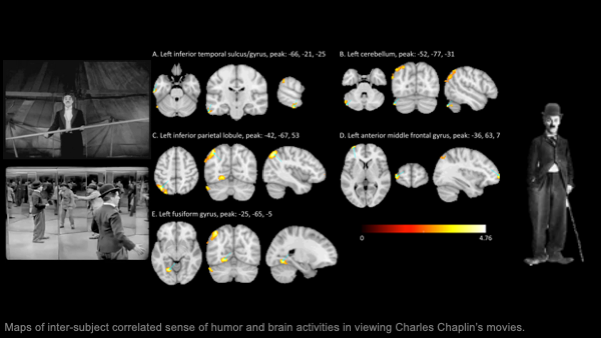The intersection of neuroscience and physics presents a captivating area of inquiry, inviting exploration from multiple scientific disciplines. As researchers seek to unravel the complexities of the human brain, the principles of physics can significantly enhance understandings of neurological functions and dysregulations. This examination posits that neuroscience is not only a logical area of research for physicists but also a fertile ground for novel interdisciplinary advancements.
Neuroscience fundamentally grapples with the intricate networks of neurons, synaptic transmissions, and cerebral interactions. It seeks to understand how electrochemical signals translate into consciousness, behavior, and cognition. Physics, the study of matter and energy, provides tools and theoretical frameworks that can offer profound insights into these biological processes. For instance, the application of quantum mechanics to neurobiology raises pivotal questions about consciousness and the fundamental properties governing neuronal activity.
A key consideration in this interdisciplinary approach is the manner in which complex systems are analyzed. The brain, with its trillions of synapses and intricate neural pathways, exemplifies a complex adaptive system. Physicists are adept at employing mathematical models and simulations to elucidate the behavior of complex systems. Utilizing tools from statistical mechanics can enable scientists to dissect neural dynamics, leading to a deeper understanding of how large networks of neurons interact synergistically to give rise to cognitive functions.
One prominent example of physical principles applied to neuroscience is in the field of neuroinformatics. This discipline employs principles from computer science and physics to manage and interpret vast amounts of neurological data. By utilizing algorithms based on statistical physics and data reduction techniques, neuroinformaticians are able to uncover meaningful patterns within the noise of extensive brain datasets. This not only enhances brain mapping endeavors but also refines our predictions regarding neural responses to stimuli.
Furthermore, the influence of electrodynamics and thermodynamics cannot be overlooked. Electrical potentials in neurons and synaptic transmission resemble processes described by these physical principles. The study of action potentials and neurotransmitter release bears striking parallels to phenomena understood in terms of charge dynamics and energy transfer. By applying the laws of energy conservation and thermodynamic equilibrium, insights into the metabolic processes of neurons can emerge, enlightening our understanding of how energy sustains neural activity.
Attention must also be turned to the burgeoning field of brain-computer interfaces (BCIs), where physics and neuroscience converge in innovative ways. BCIs rely heavily on principles of signal processing, electromagnetism, and information theory. The understanding of electrical fields generated by neuronal activity permits the development of sophisticated devices that can translate thoughts into digital commands, bridging the gap between biological processes and technological advancements. This pioneering work not only raises questions about identity and agency but also opens new avenues for treating neurological disorders.
While the integration of physics into neuroscience harbors tremendous potential, it is not devoid of challenges. One must consider the complexity of biological systems, which often display emergent properties that escape the reductionist perspective typical of physical models. For instance, phenomena such as consciousness, memory, and emotions involve interactive processes that are difficult to encapsulate within conventional deterministic frameworks. Thus, as physicists delve into neuroscience, it is crucial to adopt an interdisciplinary mindset that embraces the nuances of biological variability and promotes collaboration with neuroscientists and biologists.
Despite these challenges, the promise of interdisciplinary synergies is immense. The integration of physical theories with neurological explorations invites a shift in perspective, encouraging researchers to view the brain not solely as a biological entity but as a dynamic system governed by physical laws. This holistic approach could yield transformative insights, potentially unveiling new treatment modalities for neurological disorders that arise from an intricate interplay of biological and physical factors.
Moreover, engaging with neuroscience cultivates curiosity about the very fabric of human existence. It beckons physicists into metaphysical realms, prompting inquiries into the nature of consciousness and existence. Why does thought arise from the electrochemical interplay of neurons? Can physical laws elucidate the essence of subjective experiences? Such questions not only catalyze academic discourse but can also inspire the next generation of scientists to explore the intricate tapestry of reality from multifaceted viewpoints.
In conclusion, the incorporation of neuroscience as a research avenue for physicists is not only logical but intellectually invigorating. As the scientific community increasingly recognizes the interconnectedness of various disciplines, the blending of physics and neuroscience stands as a testament to the richness of collaborative inquiry. In this era of scientific convergence, one must cultivate an insatiable curiosity, embracing the endeavors that lie at the intersection of diverse fields. Herein lies the opportunity—by delving into the complexities of the brain, physicists can contribute to a burgeoning understanding of consciousness and ultimately enrich the narrative of human experience.












